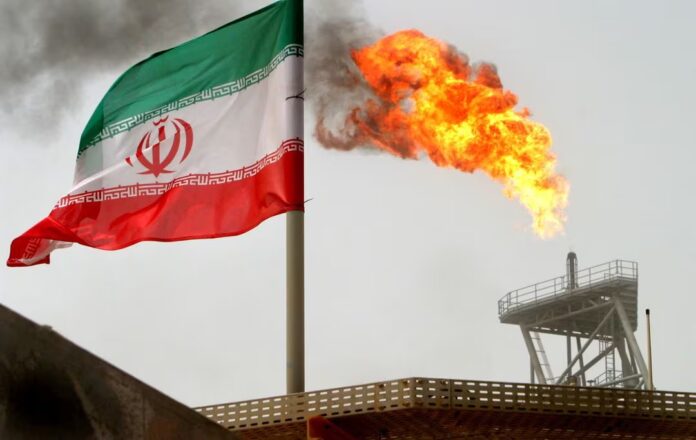SINGAPOR (Reuters) – Iran’s oil trade with China has hit a snag as Tehran delays shipments and asks for higher prices from its biggest customer, reducing cheap supply for the world’s largest crude importer, refinery and trade sources said. The reduction in Iranian oil, which accounts for some 10% of China’s crude imports and reached a peak in October, could boost global prices and hurt profits at Chinese refiners. The sudden move, which one industry executive called a “default”, could also show the negative impact of an October US waiver on sanctions of Venezuelan oil, which shifted shipments from the South American producer to the US and India, raising prices for China as supplies dropped.
The National Iranian Oil Co, China’s commerce ministry and the US Treasury Department did not reply to Reuters requests for comment. Early last month Iranian sellers told Chinese buyers they were shrinking discounts for December and January deliveries of Iranian Light crude to between $5 and $6 a barrel below dated Brent, five traders who deal with the oil or know the transactions told Reuters.
Those deals had been made in November at discounts around $10 a barrel, the traders said. “This is seen as a serious default and the order to increase prices apparently came from the headquarters in Tehran, as they’re also withholding supplies to the intermediaries,” a China-based trading executive said. An executive at a Chinese middleman that buys direct from Iran said the OPEC producer was “keeping back some shipments”, leading to a “deadlock” between Chinese buyers and Iranian suppliers.
“It’s not clear how things would end,” this executive said. “Let’s wait a bit and see if refineries are ready to accept the new price.” China has saved billions of dollars buying often heavily discounted oil from sanctioned producers Iran, Venezuela and, more recently, Russia – countries that provide almost 30% of China’s crude imports.
It is not clear how much Iran’s cutbacks to China are. At least one buyer has agreed to higher prices: a Shandong-based refiner bought a cargo late last month at discounts between $5.50 and $6.50 on a delivered ex-ship basis, two traders said. The discounts could shrink further, as the latest offer heard was $4.50, the traders said.
Last year’s average discount for Iranian Light, a key grade China buys with a high middle-distillates yield, was about $13, traders say. “The buyers are still trying to find a solution as the new prices are too high,” said a Shandong-based buyer. “But since they have few options and the Iranian side is very tough, the room for price negotiations is hard and is not favouring Chinese buyers.
” China’s smaller independent refiners, called “teapots”, have become Tehran’s main clients since first buying Iranian oil in late 2019. They replaced state-run refiners, which stopped dealing with Iran over worries about violating US sanctions. Teapots take in about 90% of Iran’s total oil exports, usually disguised as oil coming from Malaysia or the United Arab Emirates, trade sources say. Amid the struggle over prices, Iran’s overall exports and China’s imports from Iran have fallen.
China imported about 1.18 million barrels per day (bpd) of Iranian oil last month, down from 1.22 million bpd in November and 23% off October’s record 1.53 million bpd, tanker tracker Vortexa Analytics estimates. That represents the majority of Iran’s global seaborne crude exports, which another tracker, Kpler, estimates at 1.23 million bpd for December, down from 1.52 million bpd in November. Floating storage off Iran and nearby waters rose by about 2 million barrels to 15.5 million barrels over the past week, Kpler says.
A trading manager at an independent refinery said that Iran is competing with Russia’s ESPO oil, but it faces more challenges in selling its oil due to the sanctions.
Since 2021, the US has imposed sanctions on over 180 entities and individuals linked to Iran’s oil and petrochemical sectors, and seized 40 of their vessels.
The US and its allies also set a $60-a-barrel price cap on Russia’s oil exports in December 2022, to punish Moscow for its aggression against Ukraine. However, India, a key buyer, has often breached the cap and bought Russian oil at higher prices, reaching $85.42 in November, the highest since the cap was introduced by the G7 nations.






